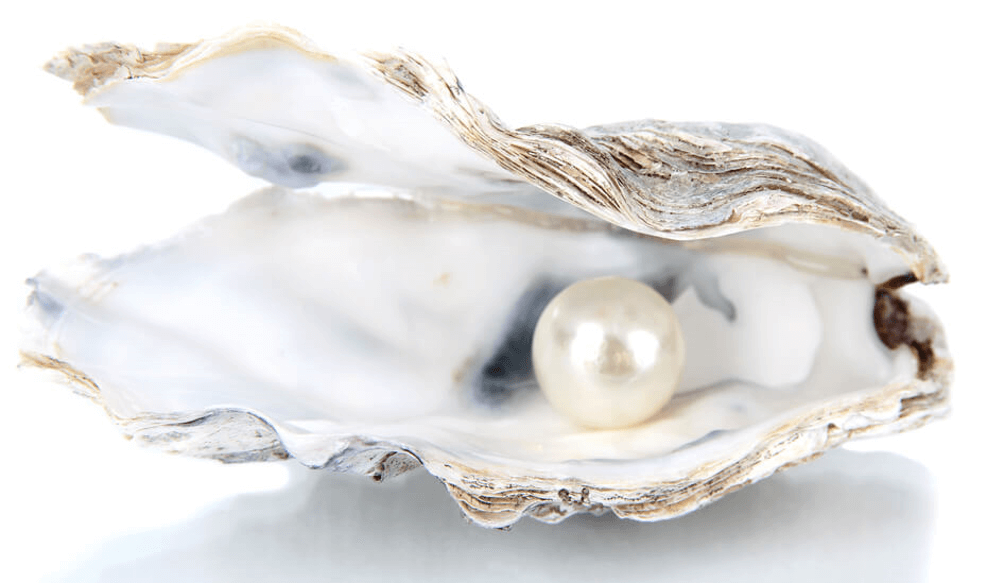Breeding Shellfish
Given the unprecedented growth of the world’s population, sea food resources and various aquaculture activities, including shellfish breeding, play an important role in the production of animal protein. Nowadays, cultivation of edible shellfish has become a major focus of increasing food and protein production worldwide. If shellfish breeding is dramatically increased, it will be an effective solution to produce inexpensive animal protein as well as to combat protein malnutrition. (The amount of oyster protein equals poultry or pork.) However, oyster farming has created a lot of jobs and a lot of money and as a result of the economic development of coastal communities.
Spain, the Netherlands, France, Italy, Japan and the United States are the most important countries for edible shellfishes, and other countries such as New Zealand, Mexico, Tunisia, the Republic of Korea, and Canada also have a lower percentage of shellfishes production. Edible Shellfish cultivation is one of the new and profitable activities in coastal areas that in Iran, especially on the coasts of the Persian Gulf and Oman Sea, there are favorable conditions for the cultivation of this valuable and nutritious product. The oyster production and breeding trade is one of the ideal, yet new, international trade. Shellfish farming is the world’s second largest aquaculture producer and fishery in 2002, after freshwater fish.
For a few important reasons, the breeding type of shellfish is more economically valuable:
– Natural mussels have a limited population.
– Insufficient access to natural mussels to increase supply and public use
– The appearance of farmed mussels is much more beautiful than its natural varieties due to its proper substrate and necessary action.
– In a natural mussel, the infection of the mussel cannot be prevented, But using the oyster breeding method, it is easy to remove the oysters from the contamination.
– The taste of farmed mussels is more pleasant due to less contamination.
– It is easier and more economical to collect oysters. (When collecting oysters from nature, those clinging to the bed are damaged when they are planted and their value is reduced.)
– The mortality and physical changes of meat in the mussel breeding method are very low.
Introduction to all kinds of breeding mussels
Soft animals that have hard outer cover are called mussels. Like bivalve animals and the abdomen of the end, and sometimes, the cochlea is also called the shell. The shell material is silicate. The oysters have one or two lime-hard buns that protect their soft bodies from environmental hazards and damage. Some types of clams are edible. In Iran, mussels are known as pearl maker too, which are, in fact, bivalves. The shell color is the same as the pearl color. In addition to the edible use of oysters, oysters are also used as decorative tools in various homes and places. Different types of breeding mussels are:
– Ostreidae family
This family is ranked first in the world in terms of value and breeding of mussels. In English they are called Oyster.
– Haliotidae family
In France these breeding mussels are called abalone. Abalone mussels are often known by scientists as sea ears. This type of mussel is most commonly found in green, blue, gray and brown and has a remarkable luminosity. Abalone in Australia and New Zealand is called Paua.
– Merceraridae family
This family is also called Clam. This family of farmed mussels are the largest mussels in the world.
– Pectenidae family
These kinds of shells are called scalops. This family is an expensive mollusc and are cultivated in temperate and subtropical regions.
– Arcidae family
It’s called a cockle. This family includes the largest and most abundant clams.
Undoubtedly, edible shellfish cultivation activities can be considered as a new activity in providing protein and for foreign exchange to Iran.
Shellfish breeding consists of two stages:
First Stage: Includes mussel gathering for growth
Second Stage: Includes the seeding of shells collected to the size required for sale and marketing.
There are two general ways to collect shellfish:
- Method on the bed or insole
- High bed or floating method
The cheapest and least effective method of collecting shellfish is the Floating method. No great capital is needed to grow oysters, and it is enough to get acquainted with the simple technology of farming this aquatic animal by the villagers.
What materials do the shells use for nutrition?
Mussels use small algae and microorganisms to feed. Microorganisms are organisms that can only be seen with a microscope. these microorganisms when the shell of the shellfish opens, they enter the body through the water that permanently hits the shell.
In fact, the food is taken from the water and ingested through the mucus secreted by the gills of this creature.
Different uses of Clams
1- For food consumption in some areas
2- Drying and selling it to the Arab countries of the Persian Gulf
3- Dry it for livestock
4- Fishermen use mussels as hook prey
5- Sale of fresh oysters for oyster breeding centers
6- Oyster was the common currency of Papua New Guinea.
7- Oysters play an important role in water treatment.
Properties of edible clams
The shell contains a lot of zinc. It is essential for the production of sperm and testosterone (male hormone). It also contains dopamine, which increase the secretion of hormones that increase sexual desire.
Edible mussels maintain a youthful, smooth and supple skin while maintaining skin collagen levels. There is some sugar in the mussels and shells of marine organisms that treat spinal cord injuries. In addition, edible mussels, by providing zinc to the body, improve memory and brain function.
Behruz alinia fard Fisheries Analyst and Complicator






